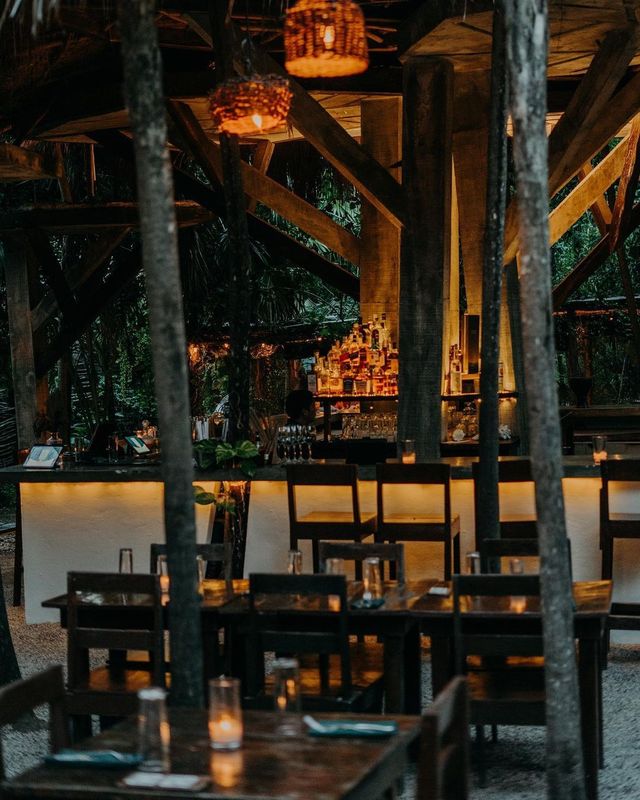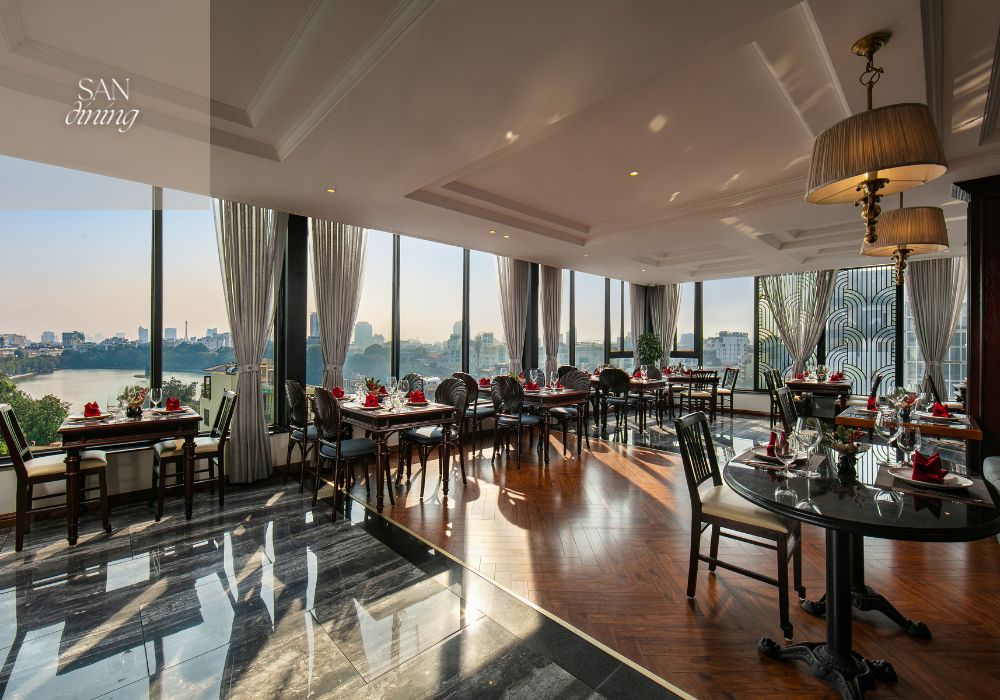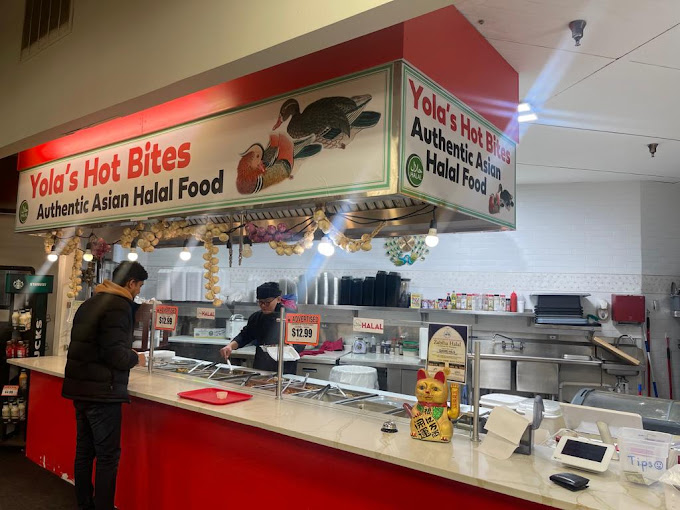Instagrammable Restaurants Islamabad: Picture-Perfect Dining Knowledge
Savor Genuine Eastern Food With a Pan-Asian Twist for a Culinary Adventure
Starting a culinary trip via authentic Asian food, improved with a Pan-Asian twist, supplies a special opportunity to check out the abundant tapestry of flavors that define the region's varied cooking traditions. This experience welcomes you to appreciate the exquisite balance of preferences-- wonderful, salty, spicy, and sour-- harmonized by fragrant natural herbs and spices. Envision the cutting-edge blend of Thai curry and ramen or the unforeseen pleasure of sushi burritos. As you ponder these attracting dishes, consider the social stories and historic influences that shape them, each bite using a story waiting to be discovered.

Exploring Pan-Asian Tastes
In the realm of global gastronomy, Pan-Asian cuisine stands out for its amazing variety and the unified interaction of flavors from different Asian cultures. This culinary technique commemorates the rich traditions and one-of-a-kind active ingredients discovered throughout the continent, producing a tapestry of preferences that is both satisfying and appealing. Trick to Pan-Asian cuisine is its ability to stabilize different tastes-- sweet, salty, spicy, and sour-- while highlighting the quality and quality of each component.
From the umami-rich soy sauce of Japan to the intense chili peppers of Thailand, Pan-Asian cuisine offers a considerable scheme of tastes. These elements are typically incorporated in creative ways, boosting recipes with layers of intricacy. As an example, the usage of aromatic herbs such as lemongrass and cilantro, typical in Vietnamese and Thai food, includes a refreshing illumination to dishes, while the unification of coconut milk provides a velvety, abundant appearance.
The focus on fresh produce and aromatic spices guarantees that each meal is not just a banquet for the taste however also for the senses. Pan-Asian cuisine invites diners to get started on a culinary trip, checking out the huge and differed landscapes of Oriental gastronomy with every bite.
Combination Meals to Try
While Pan-Asian food is celebrated for its typical flavors, the modern-day culinary landscape is progressively welcoming fusion recipes that mix these timeless aspects with impacts from various other areas. This cutting-edge approach not just honors the rich heritage of Eastern cookeries but likewise presents novel taste experiences that appeal to contemporary palates.
A prime instance of such a blend meal is the Korean-Mexican taco, where seasoned bulgogi beef is covered in a warm tortilla, topped with kimchi and a spicy gochujang-infused salsa. This mix marries the vibrant, full-flavored flavors of Korea with the vivid, fresh elements of Mexican food. Likewise, sushi burritos have actually acquired appeal, integrating the delicate virtuosity of Japanese sushi with the hearty, hand-held ease of a burrito, usually including fusion active ingredients like tempura shrimp and avocado with a drizzle of wasabi mayo.
Another notable recipe is Thai curry ramen, which infuses the luscious, aromatic spices of Thai curry right into the reassuring brew of conventional Japanese ramen, creating an unified mix that tantalizes the senses. These combination dishes expand past simple uniqueness; they represent a cooking discussion in between cultures, encouraging exploration and technology worldwide of Pan-Asian food.
Important Ingredients and Spices
To absolutely appreciate Pan-Asian cuisine, one need to recognize the necessary ingredients and flavors that develop its structure. This varied culinary style draws from an abundant tapestry of Eastern practices, utilizing a harmonious blend of flavors and textures. Trick ingredients include soy sauce, fish sauce, and oyster sauce, which give a savory umami deepness vital to Oriental meals. Complementary to these are rice vinegar and mirin, providing a delicate level of acidity and sweetness.
Fragrant components are crucial, with lemongrass, ginger, and garlic being common throughout various Pan-Asian dishes. These components offer an aromatic base that boosts the intricacy of flavors. Flavors such as celebrity anise, cardamom, and cinnamon wikipedia reference introduce heat and character, resembling impacts from areas like China and India.

Food Preparation Techniques and Tips
Mastering the art of Pan-Asian cuisine needs experience with its distinctive cooking methods, each adding to the vibrant tapestry of flavors this culinary practice is commemorated for. Central to these techniques is the stir-fry, a rapid food preparation technique that maintains the dietary honesty and vibrant shades of ingredients. Utilizing a frying pan, the stir-fry technique permits also heat distribution, vital for accomplishing the particular structure and flavor equilibrium of Pan-Asian meals.
One more basic technique is steaming, specifically common in Chinese cuisine. This gentle technique keeps the all-natural flavors and nutrients of active ingredients, making it excellent for fish and shellfish and veggies. Dumplings, a cherished staple, frequently gain from steaming, causing soft, succulent appearances.
Cooking, also essential, gives smoky depths to recipes such as Korean bulgogi or Japanese yakitori (Chinese food Islamabad). This technique frequently involves marinading ingredients, allowing tastes to pass through deeply before cooking over an open flame or warm plate
Finally, mastering the art of stabilizing tastes-- pleasant, sour, salty, bitter, and umami-- is vital. Correctly layering these elements can boost a meal from common to amazing, using a complicated and satisfying culinary experience that embodies the essence of Pan-Asian food.
Eating Experiences Worldwide
Across the world, Pan-Asian food supplies an exceptional dining experience, celebrated for its abundant tapestry of flavors and dynamic discussions. This cooking phenomenon has gone beyond cultural limits, capturing the hearts and tastes of food enthusiasts worldwide. In cosmopolitan cities fresh York, London, and Sydney, Pan-Asian dining establishments function as fusions where culinary practices from Thailand, Japan, China, and beyond merge, giving diners with an eclectic mix of meals that highlight the area's diversity.
The international charm of Pan-Asian food depends a knockout post on its ability to provide both credibility and technology. Chefs skillfully wed conventional ingredients such as lemongrass, soy sauce, and miso with contemporary strategies, resulting in recipes that are both acquainted and refreshingly new. This fusion allows diners to embark on a culinary journey that appreciates heritage while welcoming modernity.
Moreover, eating experiences are raised through attentively designed environments that mirror the values of Pan-Asian aesthetics. From minimal Japanese-inspired interiors to vivid Thai-themed areas, each restaurant provides an unique ambiance that matches the cooking offerings. Because of this, clients are not just eating a dish but partaking in a cultural experience, making Pan-Asian dining a really global sensation.
Verdict
The exploration of Pan-Asian food provides a profound understanding of the intricate interaction of flavors and cooking traditions across Asia. By welcoming fusion dishes such as Thai curry ramen and sushi burritos, the cooking journey not just highlights the adaptability of conventional components but also showcases innovative modern-day strategies. This gastronomic journey, improved by cooking methods and important spices, gives a special chance to value the multiculturalism and cooking artistry that specify Pan-Asian food on a worldwide range.
Getting started on a culinary journey via authentic Asian food, improved with a Pan-Asian twist, offers an one-of-a-kind opportunity to explore the rich tapestry of tastes that define the region's diverse culinary traditions.In the realm of worldwide gastronomy, Pan-Asian cuisine stands out for its impressive diversity and the harmonious interplay of flavors from different Eastern societies. Secret to Pan-Asian food is its capability to stabilize contrasting tastes-- pleasant, salted, spicy, and sour-- while highlighting the quality and top quality of each component.
